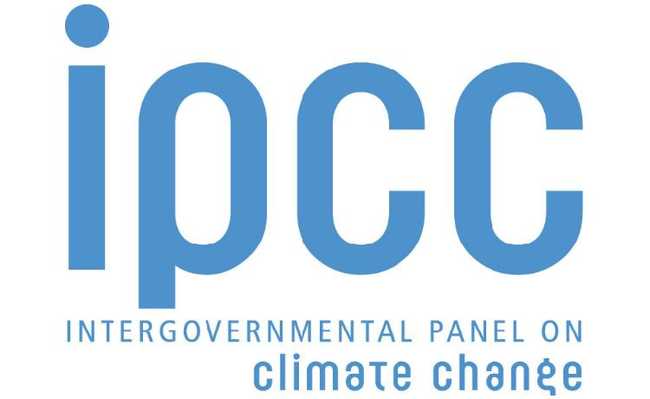The Problems of Xenoestrogen
Environmental estrogen poses a risk to women's health. Know the dangers of xenoestrogen

Estrogen is a hormone that controls organic functions such as reproduction, growth and maintenance of metabolism and is manufactured in greater quantities in the woman's body. It is also present, in a man-made form, in contraceptives and in medications used in hormone replacement treatment.
Xenoestrogens are also produced in laboratories. The difference is that this is one of the compounds that pose the most health risks. It is manufactured from the reaction between chlorine gas and petroleum hydrocarbons and is used in highly toxic industrial chemical products, such as Bisphenol-A (BPA) - learn more in our special article on the subject -, polychlorinated bisphenyl (PCB), dioxins and phthalates.
We can find them in many different places, from food preservatives to sunscreens, through insecticides, pesticides, wood preservatives, plastics and laboratory detergents.
women's health
Several studies are already beginning to draw the side effects of exposure to xenoestrogen. One of them is endometriosis, a disease characterized by the presence of endometrial cells in the bloodstream, which can cause abdominal pain, urinary and intestinal problems and even infertility.
One of these researches, led by the New York Department of Health, associates UV filters that lead to Benzophenone, suspected of being a hormone disruptor in its composition, to endometriosis. Another study relates the incidence of the disease in Italian women of reproductive age exposed to PCB.
Research also points to the possibility that there is heredity of ovarian diseases caused by exposure to environmental estrogens. In a study carried out by institutions linked to the US government, mice were exposed to solutions containing BPA, insecticides, fungicides and dioxins. In an analysis of the following generations, the diseases developed by the previous generation also affected the new rats.
Researchers are beginning to point to xenoestrogen as one of those responsible for polycystic ovary syndrome and also for precocious puberty and increased risk of developing breast cancer. We can find environmental estrogen in personal care products that contain phthalates.
avoiding the risks
BPA is found in food preservatives, rigid plastics, and the thermosensitive papers used in bank and credit card vouchers and receipts, and in fax paper. Avoid canned foods, and replace products such as cutting boards and food packaging with wooden planks and glass containers.
To avoid contamination by PCB, which is present in meat, fish and dairy products, through the bioaccumulation process, it is necessary to take some precautions. PCBs, when not properly disposed of, reach rivers and lakes, where they contaminate fish and microorganisms. When feeding on these animals, or drinking the water from these rivers and lakes, the animal or the human being also becomes contaminated. An alternative is to eat more of organic fruits and vegetables.
Phthalates are responsible for the malleability of products made from plastic. Watch out for their presence in toys, cosmetics and floor coverings.
In order not to expose yourself to dioxins, avoid artificially bleached paper products such as some types of coffee filters, paper towels and tampons, as well as keep your distance from incineration processes that may contain PVC-type plastic among the components. Always prefer organic food and, as far as possible, avoid plastic containers to store food, especially when heating them.










